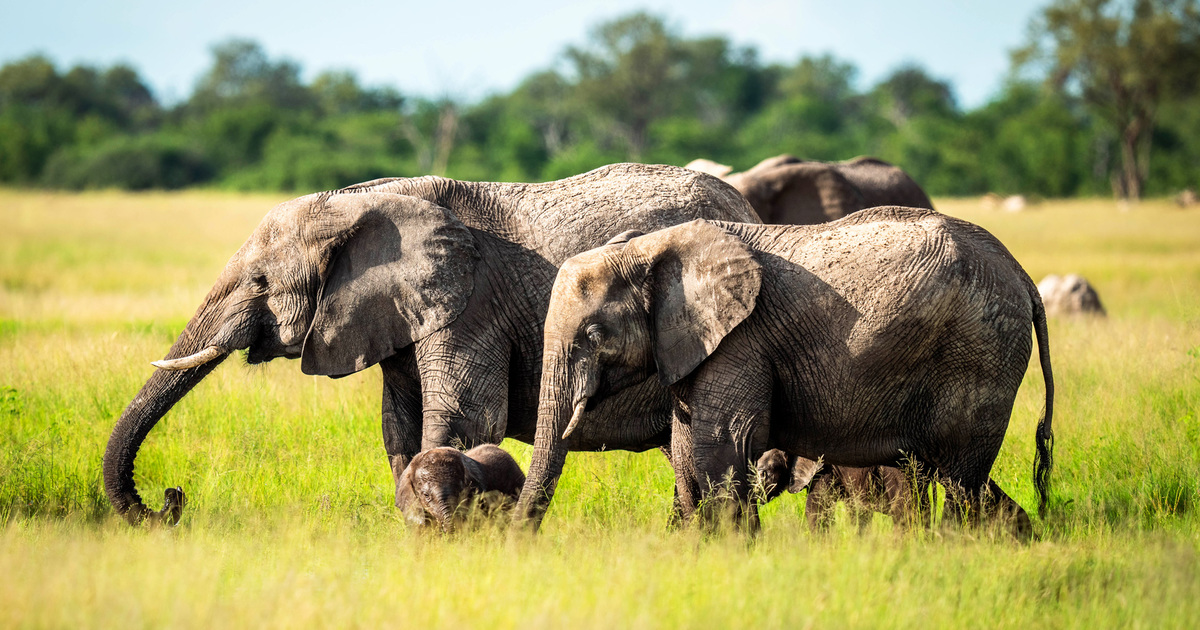Namibia is set to cull more than 700 wild animals, including elephants, zebras, and hippos, as part of an effort to distribute meat to communities struggling with food insecurity due to the worst drought the country has faced in a century. The Ministry of Environment, Forestry and Tourism announced on Monday that the culling program will target several species to help alleviate the severe impacts of drought in the southwest African nation.
Targeted Culling to Address Drought Challenges
The culling will involve 83 elephants, 30 hippos, 60 buffalo, 50 impala, 100 blue wildebeest, and 300 zebras. These animals will be taken from national parks and communal areas where their populations are deemed “sustainable” and will be killed by professional hunters. The Namibian government explained that the primary goal of this initiative is to ease pressure on dwindling water resources and to provide much-needed relief to those facing acute food shortages.
Namibia declared a state of emergency in May 2024 as the drought’s impact intensified. The situation is dire, with an estimated 1.4 million people—about half of the country’s population—expected to experience severe food insecurity in the coming months.
The Ministry stated that the culling program would help manage wildlife populations in areas where their numbers exceed the available grazing and water resources. By reducing the wildlife population, the program aims to lower the strain on these limited resources and minimize potential conflicts between humans and elephants, which often escalate during drought periods when animals venture closer to human settlements in search of food and water.
“To this effect, 83 elephants from identified conflict areas will be culled, and their meat will be allocated to the drought relief program,” the ministry stated.
Impact of Drought on Southern Africa’s Wildlife
Southern Africa is home to over 200,000 elephants, making it a critical region for their conservation. However, elephants and other wildlife have not been spared from the severe drought conditions, which have led to the drying up of water sources and the death of hundreds of animals across the region last year.
The Ministry noted that meat from other animals set to be culled will also be distributed to those suffering from hunger, particularly in rural communities hardest hit by the drought. So far, more than 150 animals have been culled, providing over 125,000 pounds of meat for drought relief efforts.
“We are happy that we can assist the country in this very difficult time when it’s absolutely needed,” the ministry said in its press release.
Namibia is not alone in facing severe drought conditions; it is one of several countries in southern Africa grappling with devastating droughts driven by the El Niño weather phenomenon and exacerbated by the human-caused climate crisis. El Niño, a natural climate pattern, has led to drastically reduced rainfall across the region, combining with scorching temperatures to devastate crops and drive up hunger levels for tens of millions of people.
A Regional Crisis Worsened by a Lack of Rainfall
The dearth of rain, combined with extreme heat, has caused crops to wither and left communities across southern Africa in dire straits. Namibia’s decision to cull wild animals to feed its population is a controversial but urgent response to the escalating hunger crisis. As climate change continues to impact weather patterns, such difficult decisions may become more common in drought-stricken regions around the world.
The Namibian government’s approach underscores the severe challenges posed by prolonged drought and highlights the difficult choices that must be made to balance wildlife conservation and human survival in an era of climate change.
